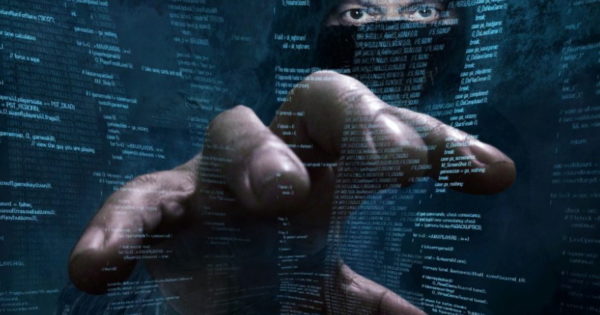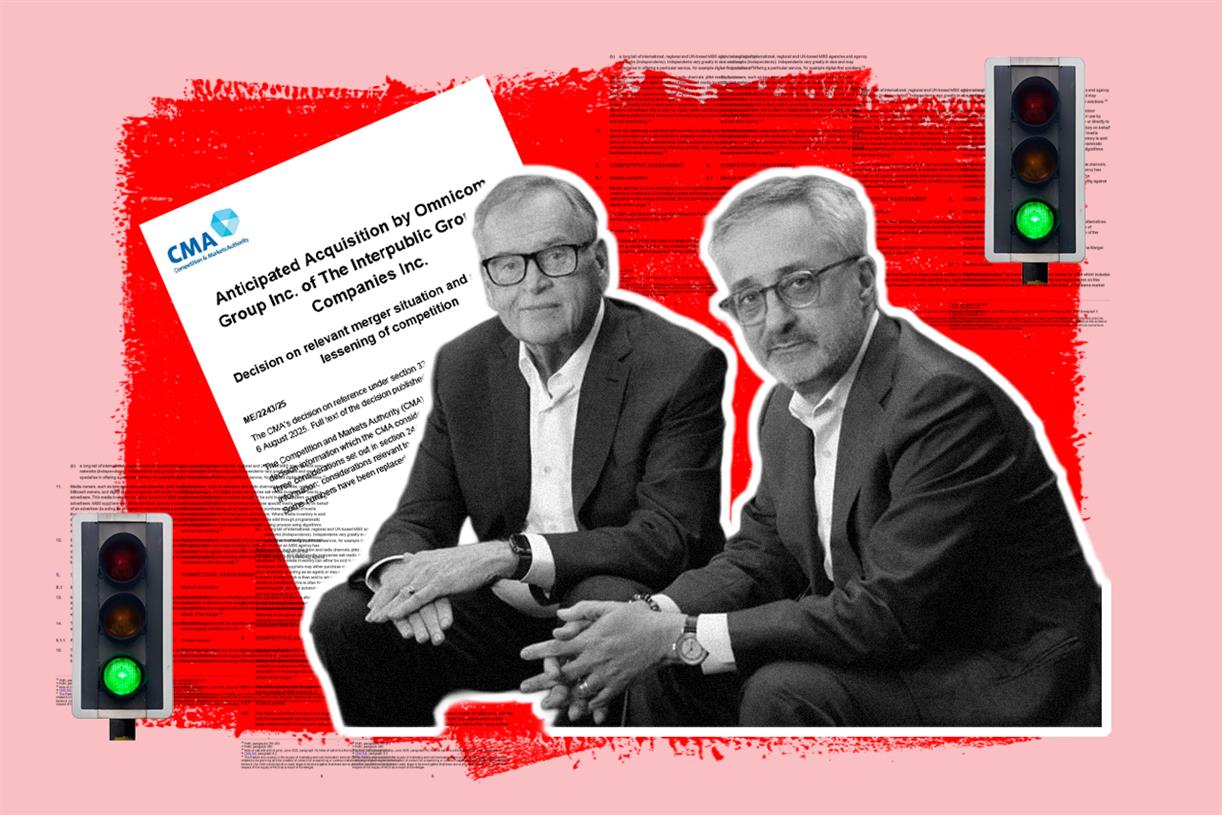March Madness and influencer marketing—what brands should know
New 'NIL' rules bring branding opportunities with players for the first time. Experts weigh in on what to expect.

This year’s March Madness will be a learning moment for brands navigating new rules allowing players to profit off their name, image and likeness via brand endorsement deals.
Some marketers already have deals in place, including Dollar Shave Club, which partnered with Gonzaga star Drew Timme, who announced it on Instagram this week. More real-time marketing opportunities could come as players gain sudden fame, which tends to happen during the three-week tourney. But striking in-the-moment deals might be harder than it seems, marketing industry experts caution.
“Many universities and coaches will likely step in to help corral and control outreach during the tournament to keep players focused,” Rebecca Camhi, director of client services at Sway Group, an influencer marketing agency, stated in an email. “I don't anticipate too many deals happening while a team is still active in the tournament, unless the university is poised to set their players up for success at the start, such as someone at the school being dedicated to handling incoming requests.”
Ryan Detert, CEO of influencer platform Influential, adds that brands and players may also not want to worry about the back-and-forth of content revisions in between games.
However, brands will still be on their toes during the tournament to identify partnership opportunities when the games are over—including tapping multiple players, possible NFTs, and even thinking about how a partnership could grow if a player heads to the NBA.
The NCAA’s Name, Image, Likeness (NIL) policy went into effect in July of last year, allowing college athletes to use their name, image, and likeness for brand partnerships, something that had been prohibited under the organization's amateurism rules. While brands and athletes have had time to get their feet wet, there is still a lot to navigate since NIL laws vary by state and university. But any headaches may be worth the payoff to connect with the loyal followings of college teams.
Last year, the NCAA title game between Gonzaga and Baylor drew 16.9 million viewers, CBS Sports said at the time. Brands are bullish on this year's tournament: CBS and Turner, which televise the event, reported earlier this week that ad inventory was essentially sold out, with championship game prices exceeding $2 million for a 30-second ad.
Consumers who watch the tournament lean towards certain categories: They are 14 times more interested in snacks than the average consumer, 9 times more interested in sneakers, and 10 times more interested in fast food, according to a January report by Influential, an influencer marketing platform. Wendy's, an official NCAA sponsor, is seizing on that interest with a new campaign starring NBA legend Reggie Miller.
One way to tap into interest in these categories is to partner with multiple players, on one team or across schools, for both the women's and men's game. Lesley Pinckney, executive strategy director at GMR Marketing, an experiential marketing agency, points to Outback Steakhouses' NIL program, TeamMates, which has added several basketball players, including Maryland siblings Angel and Julian Reese, University of North Carolina's Deja Kelly and Michigan’s Hunter Dickinson.
Another strategy is using coaches, alumni, or players from other sports teams as influencers. “They may be star athletes outside of basketball, and can help champion brands as well,” said Detert. Influential helped find the influencers behind TIAA’s recent campaign in honor of the 50th anniversary of Title IX. The campaign uses nine college and pro basketball players and coaches to educate fans on retirement inequality.
Brands are also eyeing opportunities for NFTs or other virtual goods. A player’s buzzer-beater-winning shot could make a good NFT—just look at the NBA’s Top Shot. “I’m shocked we haven’t seen it yet, to be honest,” said Hannah Cameron, head of corporate communications at #Paid, an influencer marketing platform, noting that bigger brands might be waiting until after the tournament to release NFTs or virtual memorabilia.
Looking beyond the tournament, brands are giving some thought to how a partnership could grow if a partner player makes it to the NBA or WNBA. “I’ll be curious if we see brands include ‘right of first refusal clauses,” said Pinckney, which would give brands the ability to match any new deals offered to players with whom they have relationships.
But as always in influencer marketing, authenticity is key. “Some of these athletes have bigger followings than their team’s social media, or even other pro athletes,” said Cameron. “It’s worth thinking long-term and investing in them now.”

 Hollif
Hollif 































